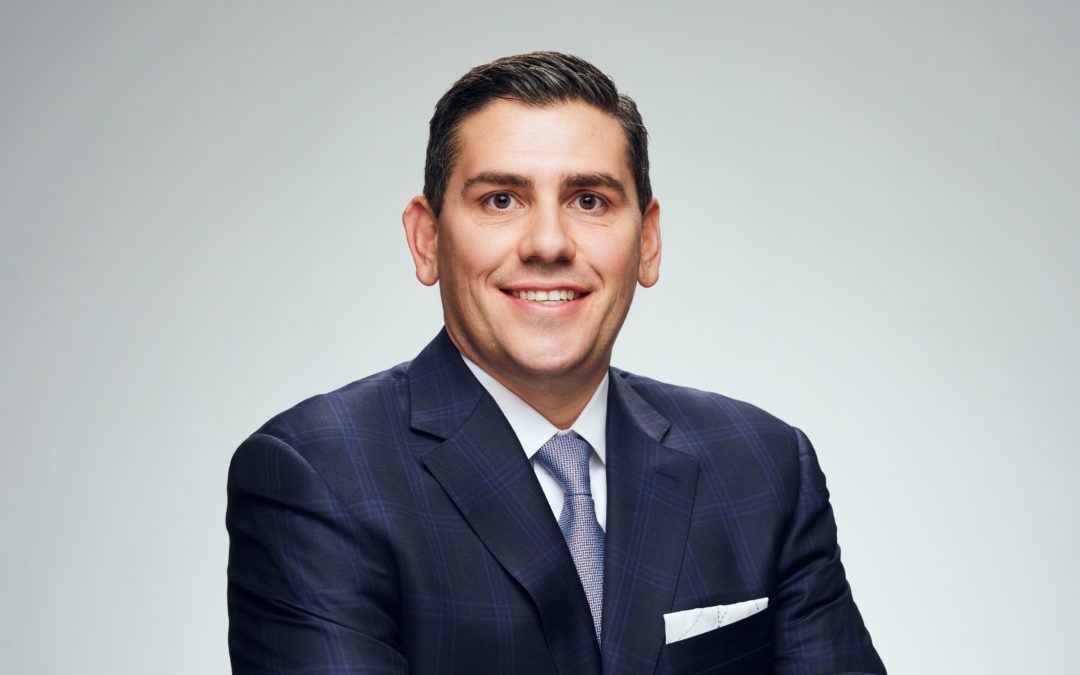
Local leaders optimistic amid Charlotte’s latest jobs ranking
By: Felipe Rivas

2 min read January 2020 — The Queen City closed out the decade as one of the hottest markets in the nation, especially in the southeast. Millennials, Fortune 500 companies, and even a new soccer team want to be fully established in Charlotte and tap into its growth. And while the region offers a robust, tech- and financial services-savvy workforce, and is steadily diversifying its economy, a new report puts Charlotte in the middle of the pack for best cities for jobs in 2020. However, local market leaders across industries say job opportunities will remain sustainable for 2020, especially in the technology, law, and real estate sectors.
A new report by WalletHub puts Charlotte at No. 104 on its ranking of “2020’s Best Cities for Jobs.” The personal finance website compared more than 180 U.S. cities across 31 indicators of job-market strength, such as employment growth and monthly average starting salary. Scottsdale, Arizona, took the top spot, and Detroit, Michigan, came in last at No. 182. Other major North Carolina metros received mixed reviews, with Raleigh cracking the Top 50 at No. 48, and Fayetteville listed before Detroit at No. 181. Though the report listed Charlotte as middle of the pack for jobs compared to other cities, the technology, law and real estate sectors will continue to provide opportunities for the region’s workforce, local leaders say.
Charlotte is quickly becoming a tech town, as evidenced by the different tech-based companies that relocated to the region in the latter half of the last decade. “In the Charlotte market, the technology talent pool is growing at a rapid pace, largely driven by companies like Red Ventures, LendingTree, and AvidXchange,” JLL Market Director Chase Monroe told Invest: Charlotte. “There has been a need for high-tech talent. Locally, there has been investment in the school system to drive technological education.” Charlotte’s banking legacy, coupled with the fintech that is coming out of the banking system, is also fueling the technology sector and driving talent to the Queen City, Monroe said. “Those factors have allowed Charlotte to be a top recruiter for multiple tech-based opportunities across industries. Recruiting and retention of talent has been a huge factor in the Charlotte Metro Area.”
Similarly, the legal sector has evolved with the growth of the city and has a positive outlook heading into the new decade. “I don’t see anything but good things for the legal profession here,” Poyner Spruill Partner Tate Ogburn told Invest: Charlotte. “Charlotte has grown for the two decades that I have lived here, and I don’t see that dramatically changing.” The legal needs of companies evolve with the economic diversification and growth of the region, which creates opportunities for legal professionals, he said. “It is still a place where people want to be and there are more opportunities with new and more sophisticated companies coming in for the legal sector to continue growing. There are a lot of opportunities in terms of new clients and people, and different types of work as well,” Ogburn said.
Real estate and development provide investor confidence and opportunities for the workforce as Charlotte continues to grow. “I’ve been at this for 40 years and the real estate market in Charlotte is the strongest, most robust I’ve ever seen,” Northwood CEO Ned Curran told Invest: Charlotte. He highlighted the growth of the residential, industrial and commercial sectors. “Residential leads the way. It has not slowed like in other cities. Distribution and manufacturing continue to grow, and we have a unique distribution hub of state highways and rail networks associated with the airport. The office sector has trailed a little, but in recent years it has been catching up, which is a reflection of job growth,” he said. Curran expects the growth to continue during an election year and beyond while expressing confidence in the region and its economic diversification, which will allow the region to be better prepared in the event of an economic downturn, he said. “We will continue to grow across all sectors. We continue to diversify our economy, which only gives us greater strength. When there is a downturn in the economy, not everybody suffers. Some have disadvantages, some have advantages, but we are all components of an economic system and with our great diversity, we will be able to weather it better.”
To learn more about our interviewees, visit:
https://wallethub.com/edu/best-cities-for-jobs/2173/#methodology
https://www.us.jll.com/en/locations/southeast/carolinas
https://www.poynerspruill.com/
https://www.northwoodoffice.com/



















